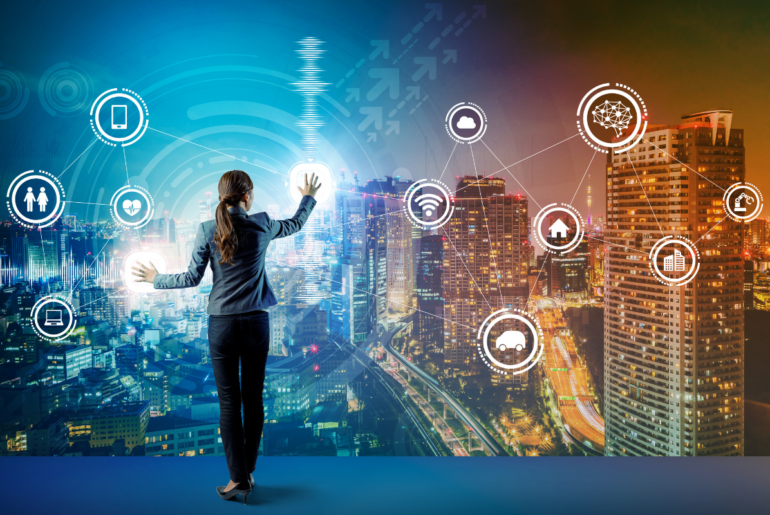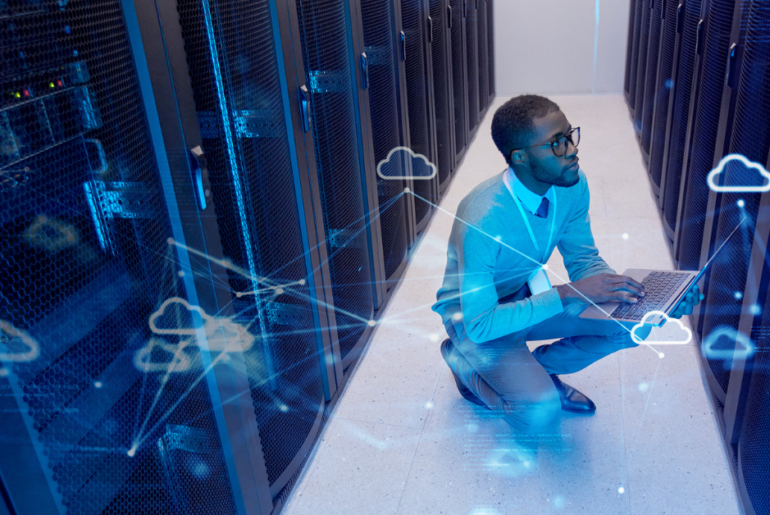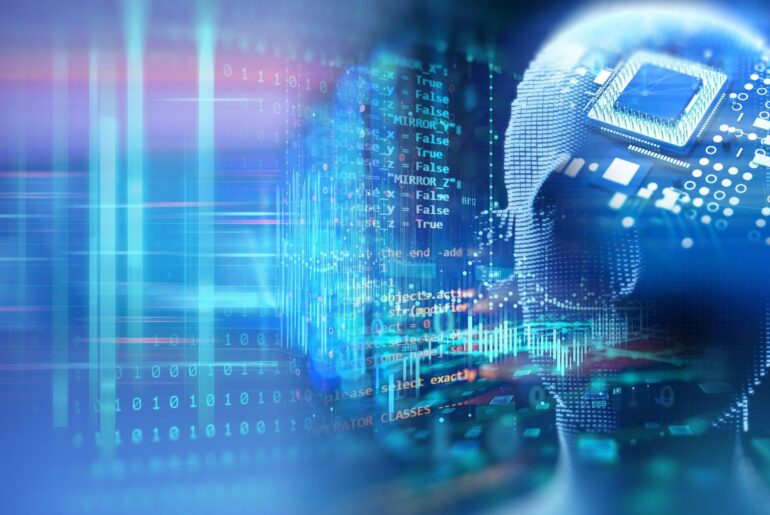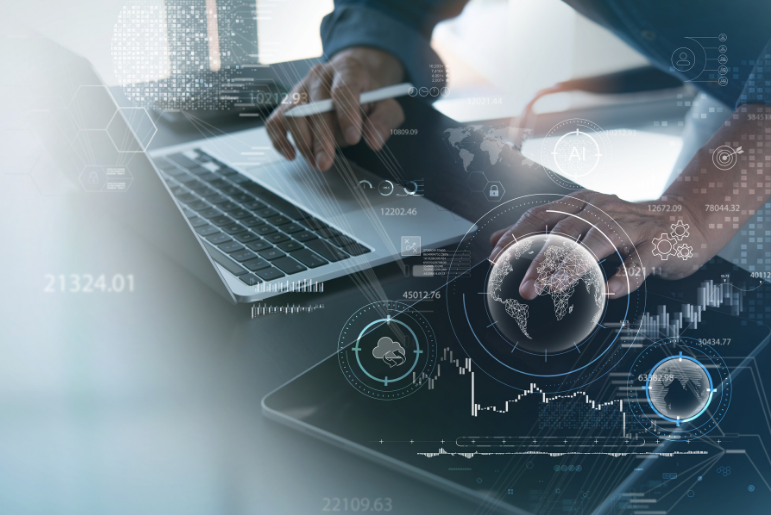Join us as we countdown our most popular content from the past year.
Stay updated on the latest IT industry trends that will alter the global business ecosystem over the next 12 to 24 months.
GenAI demand is higher than ever, be prepared to make critical business decisions with IDC’s expert advice.
Explore IDC’s top 10 worldwide predictions for the IT industry in 2024 and beyond, straight from the latest IDC FutureScape.
Decision intelligence can increase your speed and control in the decision making process when it comes to data and analytics.
Laying foundations for new technology developments, the cloud buyer is increasingly becoming the barometer of appetite for change across IT. IDC now has a CIS that focuses on what these important decision makers are thinking, and what is influencing their investment priorities.
Thrive in the GenAI era with strategic insights and analytics. Stay ahead, counter threats, and lead in evolving markets. Harness your business resilience!
Businesses and enterprises of different sizes are likely to adopt new technologies to stay AI relevant, create efficiencies, bolster automation, and remain agile.
Before embarking on the journey to harness the power of Generative AI, organizations need to establish a solid foundation. IDC’s experts show you how to navigate this transformation in a consistent, methodical, mindful fashion.








